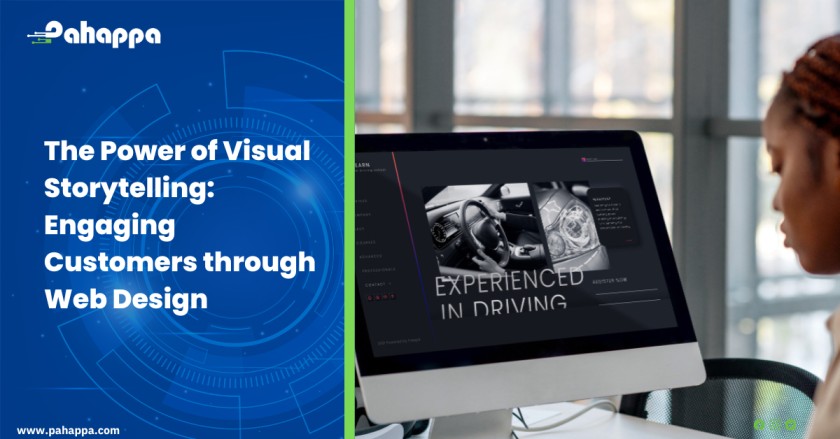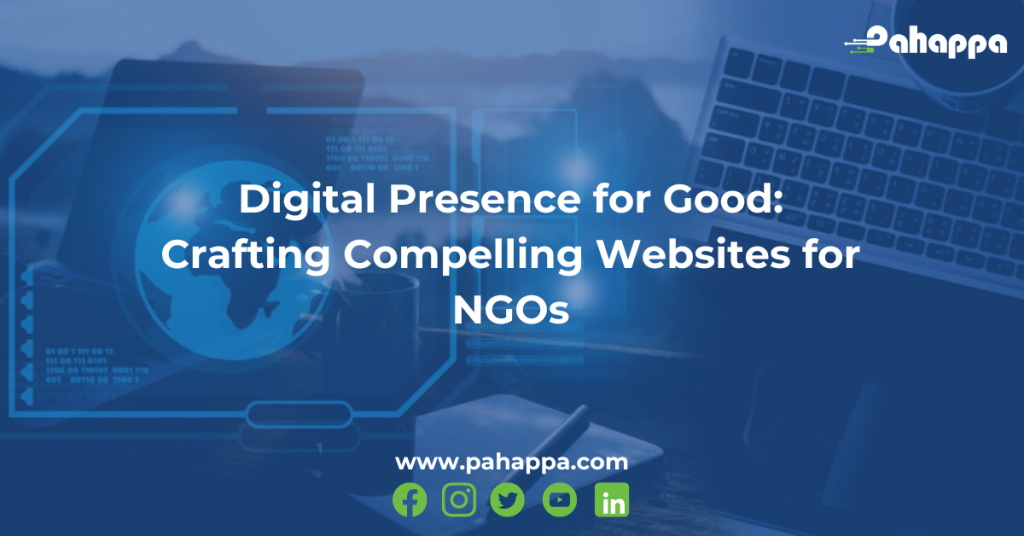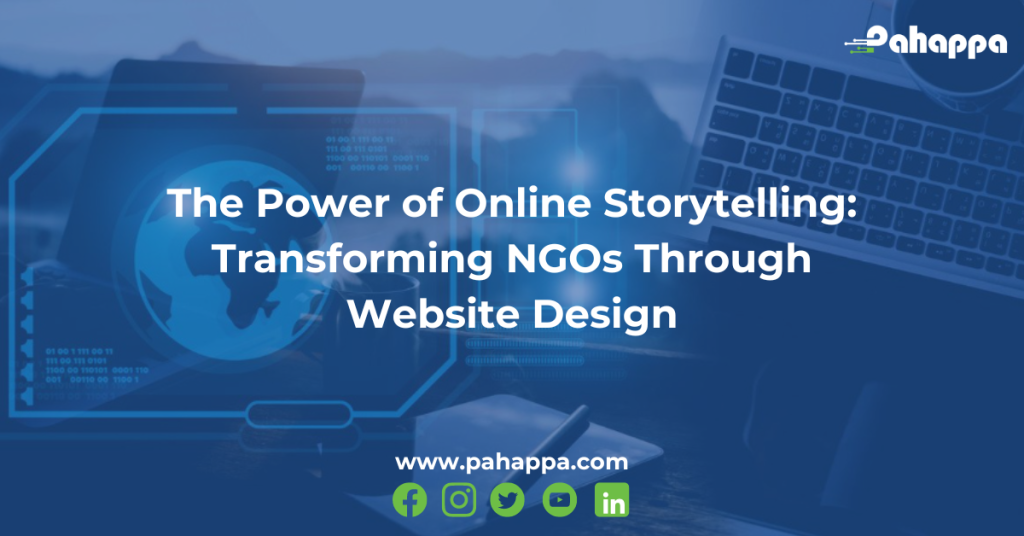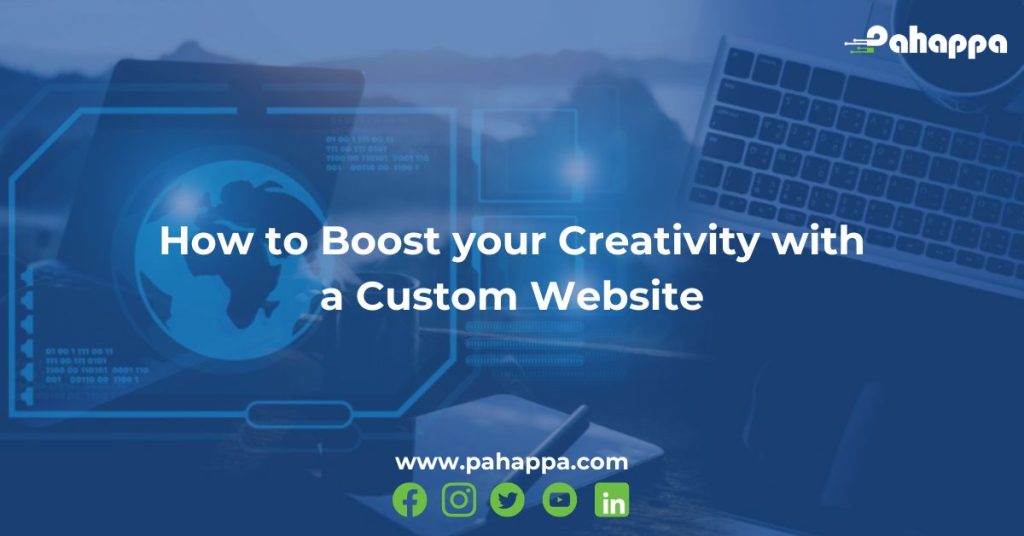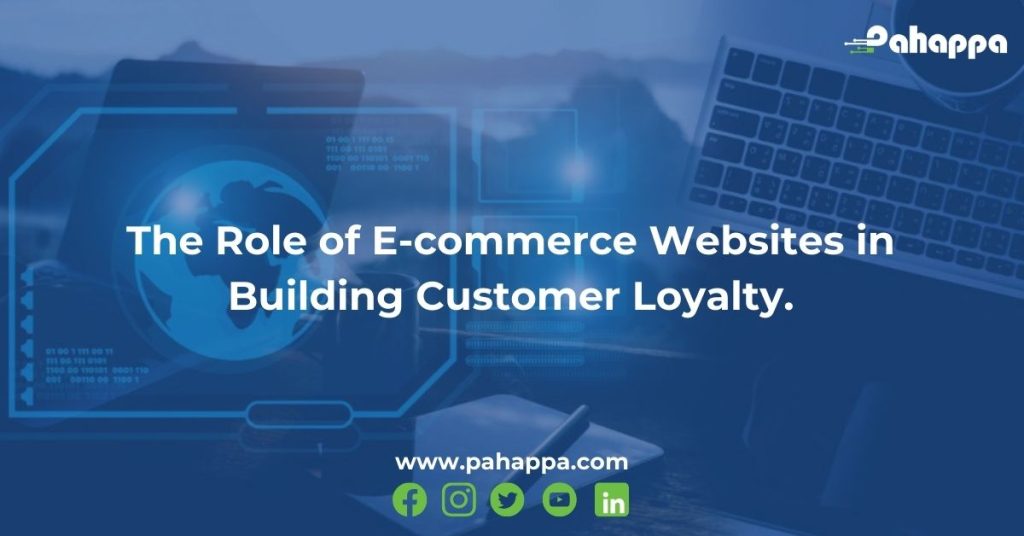In the vast digital landscape, where attention spans are fleeting and information overload is the norm, captivating your audience has become a formidable challenge for businesses. Amidst this online cacophony, a profound and compelling solution emerges – the power of visual storytelling through web design. A carefully crafted website is no longer just a platform to showcase products or services; it is an immersive experience that transports visitors into an engaging narrative. In this digital era, where first impressions are everything, web design is the gateway to a brand’s identity. Beyond merely presenting information, captivating visuals, seamless navigation, and interactive elements are now paramount to capturing the hearts and minds of potential customers. From vibrant illustrations that breathe life into your brand story to emotionally resonant videos that evoke a genuine connection, the possibilities for crafting a compelling visual tale are boundless. But, it’s not just about aesthetics. The science behind visual storytelling delves into the human psyche, understanding how our brains process and retain information more effectively when presented in a narrative format. By artfully blending imagery, typography, and color palettes, web designers have the unique ability to create a sensory experience that lingers long after the visitor has left the site. In this article, we explore the Power of Visual Storytelling in Engaging Customers through Web Design
What is Visual Storytelling in Web Design?
Visual storytelling in web design is the art of using compelling and cohesive visual elements to communicate a narrative or message to website visitors. It involves strategically incorporating images, graphics, videos, illustrations, and other visual components to create a coherent and immersive experience that engages and resonates with the audience.
Unlike traditional storytelling, which heavily relies on words to convey a message, visual storytelling leverages the power of images and aesthetics to evoke emotions, convey information, and leave a lasting impression. By combining the right mix of visuals, typography, colors, and layouts, web designers can craft an interactive and memorable journey for users as they navigate through a website.
Key aspects of visual Storytelling in web Design
- Clarity
The visuals used in a visual story should be clear and easy to understand. This means that they should be well-designed and free of clutter. The visuals should also be relevant to the message that is being conveyed. For example, if you are telling a story about a product, the visuals should show the product in use or highlight its features.
- Consistency
The visuals used in a visual story should be consistent with each other. This means that they should use the same color scheme, font, and style throughout. This will help to create a cohesive and visually appealing story. For example, if you are using a blue color scheme, all of the visuals in your story should use blue.
- Interactivity
Visual stories can be made more engaging by incorporating interactive elements. This could include animations, hover effects, or other elements that allow users to interact with the story. This can help to keep users engaged and make the story more memorable. For example, you could create an interactive infographic that allows users to click on different elements to learn more about a topic.
- Authenticity
Visual stories should be authentic and relatable to the target audience. This means using visuals that are relevant to their interests and experiences. This will help to create a connection with the audience and make the story more impactful. For example, if you are targeting a younger audience, you might use visuals that are more playful and colorful.
- Purpose
Visual stories should have a clear purpose. This could be to educate, entertain, or persuade the audience. The visuals used in the story should support the purpose and help to achieve the desired outcome. For example, if you are trying to educate users about a new product, you might use visuals that show how the product works.
Tips on how to use Visual Storytelling to engage Customers through Web Design
- Start with a clear purpose
What do you want your visual story to achieve? Do you want to educate, entertain, or persuade your audience? Once you know your purpose, you can start to develop a story that will help you achieve it.
For example: If you want to educate your audience about a new product, you might create a visual story that shows the product in use and explains its features. If you want to entertain your audience, you might create a visual story that is funny or engaging. If you want to persuade your audience to take action, you might create a visual story that is persuasive and calls to action.
- Use high-quality visuals
The visuals you use should be high-resolution and well-designed. They should be relevant to your message and should help to tell the story in a clear and concise way.
For example: If you are telling a story about a product, the visuals should show the product in use or highlight its features. The visuals should also be high-resolution so that they are easy to see and understand.
- Tell a clear story
Your visual story should have a clear beginning, middle, and end. It should be easy to follow and understand.
For example : Your visual story should start with an introduction that grabs the audience’s attention. It should then develop the story in a logical way, with a clear middle and end. The story should be easy to follow and understand, even if the audience is not familiar with the topic.
- Use a consistent style
Your visual story should use a consistent style throughout. This includes the use of colors, fonts, and imagery.
For example: If you are using a blue color scheme, all of the visuals in your story should use blue. The fonts should also be consistent throughout the story.
- Make it interactive
Interactive elements can help users engage with your visual story in a more meaningful way. Consider using animations, hover effects, or other interactive elements to create a more immersive experience.
For example: You could create an interactive infographic that allows users to click on different elements to learn more about a topic. Or, you could create a video that allows users to interact with the characters or the environment.
- Test and iterate
Once you have created your visual story, test it with users to get feedback. This will help you to identify any areas that need improvement.
For example: You could show your visual story to a group of friends or colleagues and ask for their feedback. You could also create a survey or poll to get feedback from a larger group of people.
Visual storytelling is more important than ever before. With so much information vying for our attention, businesses need to find ways to break through the clutter and engage their audience. Visual storytelling is a powerful way to do this, as it can capture attention, convey information, and evoke emotions in a way that text alone cannot. Contact us today for a website that tells a story that your audience will remember.


